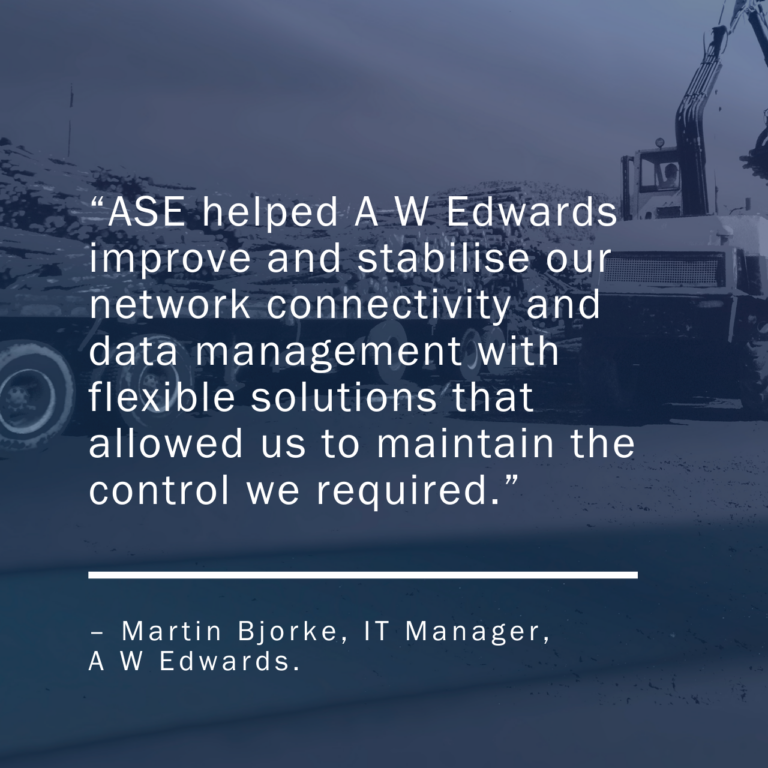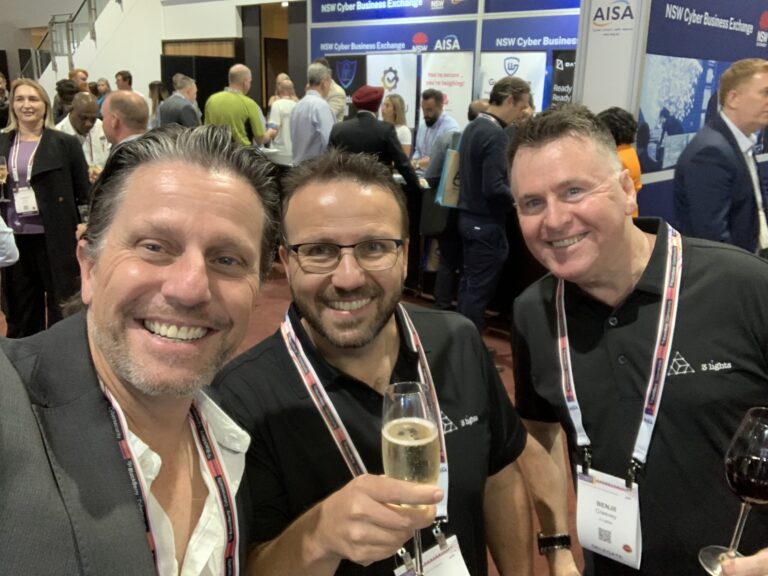
Part 2 (of a 3 part blog series).
It is often said that taking the in initial step to change is the hardest part. Perhaps. Or maybe not in the case of digital transformation. Once transformation is embarked upon, there is no looking back for organisations. In reality, it’s the only way forward for business to survive. No matter the extent of uptake, the permeation of technology across processes, workflow and customer engagement is all heading in one direction – towards digital. (Refer to image).
For a large proportion of the SMB market, many now find themselves on a critical inflection point. Once starting their journey with dedicated infrastructure, many are now well and truly virtualised. Even those just embarking on transformation will often commence their journey with virtualisation of their operations. Why? Virtualisation allows for the delivery of critical data management functionality, across hybrid capabilities in a consistent and cost-effective manner. Sounds well and good. However, (yes, there’s always a however) what often is forgotten is the fact that virtualisation still requires a CapEx investment tied up anywhere between 3-5years. Stretching risk, notably across product development and the inability to innovate at speed, leveraging integration and the early adoption momentum of vendor margins.
Inflexible contractual terms and recently more apparent the fact that once data is put within an application, yes, it is private and can only and easily be accessed the owner, but it also becomes the property of the tools proprietor as its in their platform. Adding to that, once data is within a tool who rarely pulls it all out when the time comes? Let alone the cost and difficulty to do so! A left field notion, but are businesses in their eagerness to jump on trends, improve efficiencies and reduce costs, becoming blinded to the fact that their data is becoming indirectly locked in across digital platforms and owned by others! Raising questions – is this right? What can be done? The biggest question being, what change does cloud bring?
As technology goes, change is inevitable and the pace of change tectonic. Cloud with all its rhetoric is seeing a fundamental shift in consumption. Once considered Industry models are now fast dating. Traditional consumption once focused on how much data is being consumed, now 2016 onwards, centres on the ability to consume I.P.SaaS based on needs not contracts. Changing the game and opening the door to Next Generation Cloud.
Some would argue (likely the hard core technical minds. Hmmm, lets not venture there) that digital transformation does not apply to the virtualisation curve, as it’s not really transformation but transition. Consolidation sure, but really has virtualisation significantly disrupted a businesses’ operations – nah! We still have an OS, but now just different ways of running applications on it. Real change is coming however. NextGen cloud will see a shift towards micro services and containerisation. No, not just moving infrastructure from on premise to cloud but really breaking things (i.e. infrastructure layer) apart.
Stay tuned for the last blog instalment #3 to see the impact of NextGen Cloud and what it means to be a “data thriver”… can’t give it all away too soon.




